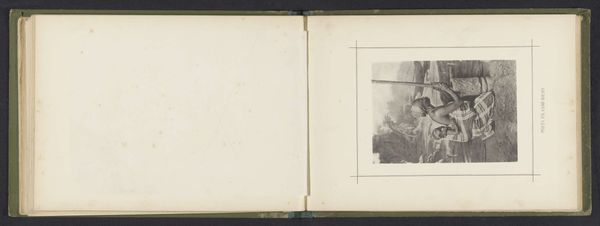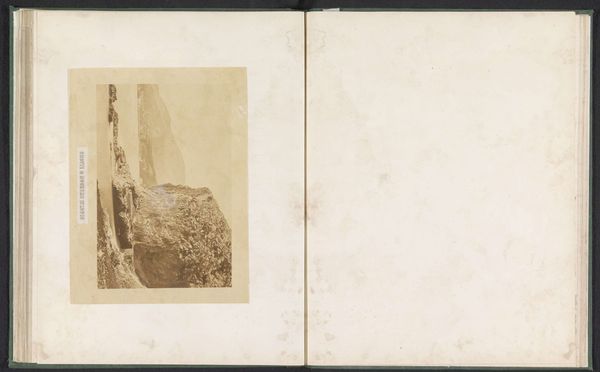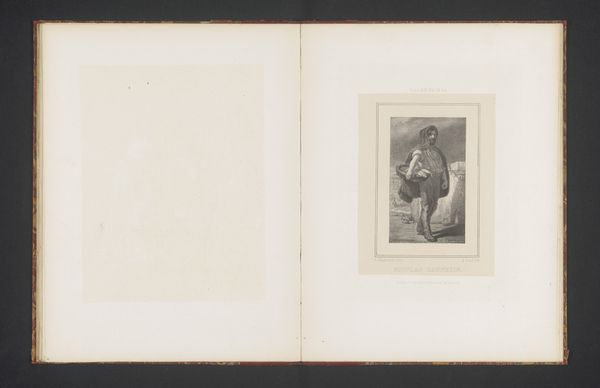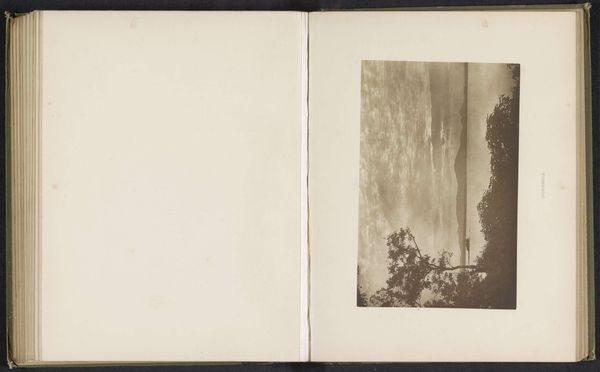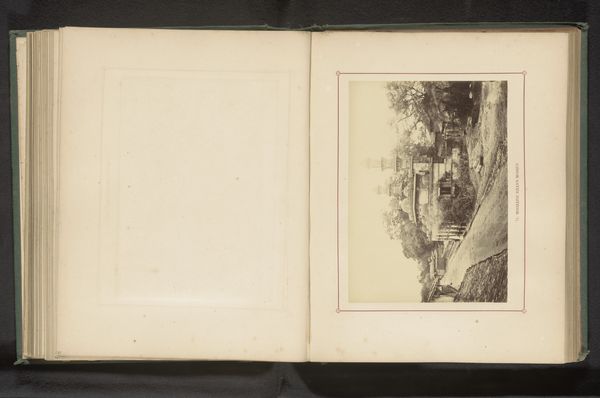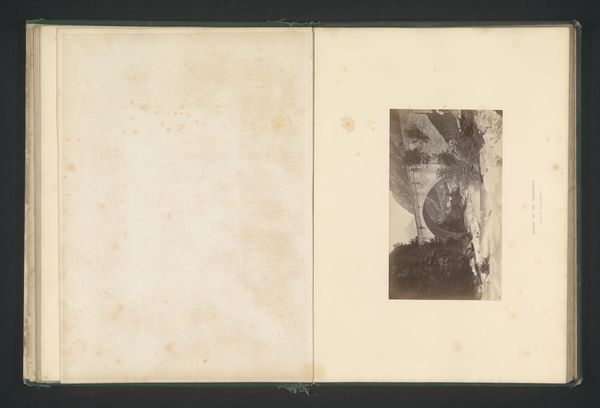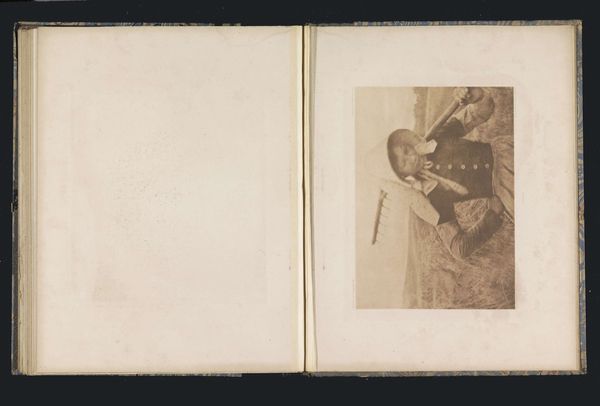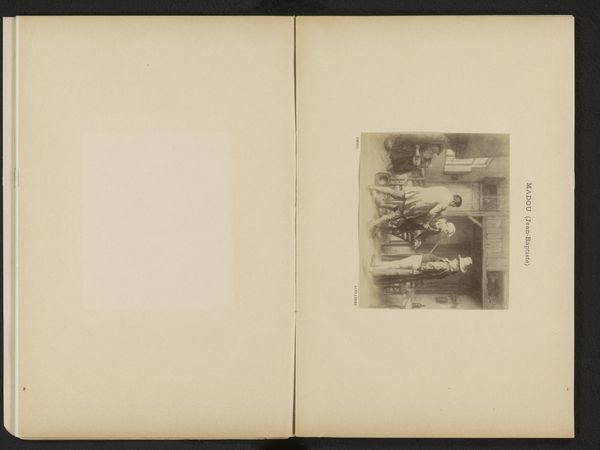
photography, gelatin-silver-print
#
portrait
#
photography
#
coloured pencil
#
gelatin-silver-print
#
academic-art
#
watercolor
#
realism
Dimensions: height 202 mm, width 151 mm
Copyright: Rijks Museum: Open Domain
Curator: This compelling gelatin silver print, created between 1890 and 1900, is titled "A Roman Boy." The figure appears caught in a moment of rest. What strikes you about this piece? Editor: Initially, the composition’s rather horizontal emphasis catches my eye. There’s a strong diagonal line established by the boy's posture, and it gives a surprisingly relaxed yet melancholic feel. Curator: It's fascinating to consider how photography was used to construct identities and reflect social attitudes at the turn of the century. The "Roman Boy" archetype itself carries a lot of historical baggage – an idealized, often sexualized, figure in Western art. Here, it seems both appropriated and somewhat softened. Editor: Agreed. Looking at the texture, there’s a dreamlike quality to the blurring which, for me, softens any overly sexualised reading of the sitter. The light and shadow are carefully considered; this image plays on surface textures but with a subdued palette. It's really quite evocative in its softness. Curator: And consider the context in which this photograph was circulated! Images like this fed a public hunger for representations of foreign cultures, even as they reinforced existing power dynamics and stereotypes. It reflects the Western gaze. This was intended for middle class western viewers Editor: That's definitely there in the visual language. Yet I wonder if we're underestimating how much of the photographic quality contributes. Looking again, the way light wraps the subject’s face...there's an undeniable beauty in that gelatin silver print technique, which adds depth of nuance beyond a simplistic projection of control. Curator: Absolutely, the formal qualities complicate the historical narrative, don't they? It pushes me to wonder about the subject—a Roman boy made into an object of study, yet humanised via a skilled photographer’s use of soft textures. Editor: I agree. The technical aspects force a dialogue with the conceptual readings; it makes one pause and appreciate a striking marriage of medium and motif, historical setting and aesthetic experience. Curator: Ultimately, it is not possible to extract the visual from what the culture represents, which keeps this piece provocative. Editor: Indeed, making it all the more layered for careful engagement.
Comments
No comments
Be the first to comment and join the conversation on the ultimate creative platform.
